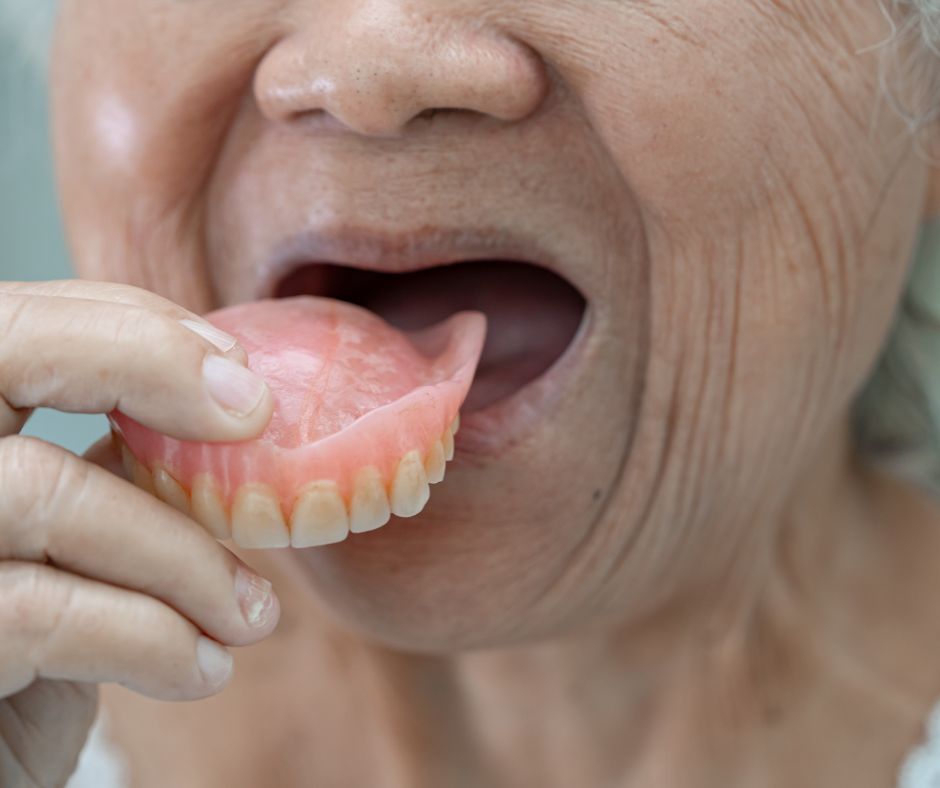
How Dentures Have Changed Over the Years?
Dentures, also known as false teeth, have been used for centuries to replace missing teeth. Over the years, dentures have evolved and changed significantly. Here are some of the ways dentures have changed:
- Materials: Dentures were traditionally made of wood, ivory, or animal teeth. However, in the 18th century, porcelain became the preferred material for dentures. Today, dentures are typically made of acrylic resin or a combination of resin and metal.
- Fit: In the past, dentures were often uncomfortable and poorly fitting. However, modern dentures are custom-made to fit the patient’s mouth perfectly, using advanced technology like digital scanning and 3D printing.
- Appearance: Early dentures were often noticeable and unnatural looking. Today’s dentures are designed to look and feel like natural teeth, with options for custom shading, texture, and alignment.
- Functionality: Early dentures were not very functional and could make it difficult to eat and speak. Modern dentures are designed to be comfortable and functional, allowing patients to eat and speak normally.
- Maintenance: In the past, dentures required a lot of maintenance and were prone to breaking or cracking. Today’s dentures are made from more durable materials and require less maintenance, although regular cleaning is still important.
Artificial teeth have been around since 700 BCE when Etruscans in northern Italy created dentures with animal or human teeth. These teeth were easy to make and remained popular for thousands of years.
Dentures have come a long way over the years and are now a viable and affordable option for people who have lost their natural teeth.Today, it’s even possible to create dentures with 3D printing technology – the so-called digital dentures.
Full and Partial Dentures
Modern dentures come in two main types.
- Full dentures are used when all the teeth have been lost. They are either “immediate” or “conventional”. Immediate dentures are fitted as soon as teeth are extracted. This avoids the problem of being without teeth during the healing process, which can take several months. A conventional denture is placed eight to 12 weeks after teeth have been taken out.
- Partial dentures are used when some teeth are remaining. They typically consist of synthetic teeth on a base attached to the natural teeth.
The number of adults in the U.S. needing dentures is estimated to rise from 33.6 million in 1991 to 37.9 million in 2020.
The Age of Digital Dentures
3D printing technology – using CAD (Computer-Aided Design), CAM (Computer-Aided Manufacturing), and CAE (Computer-Aided Engineering) – is transforming dentistry, including the process of getting dentures. This state-of-the-art tech involves scanning the mouth to create a digital file that’s sent to a 3D printer, which fabricates the digital dentures.
Dentists and dental lab technicians are rapidly embracing 3D printing as the digital dentistry of the future. For patients, it makes the denture process more affordable, customized, and convenient.
The Functional and Aesthetic Benefits of Modern Dentures
Most people take everyday activities such as talking and eating for granted. However, these simple tasks can be problematic if you’ve lost some or all of your teeth.
The leading causes of tooth loss among adults are cavities and gum disease (periodontitis). Tooth loss is an issue that dentists have been dealing with for thousands of years and dentures have played a significant, evolving role throughout history.
In the U.S. today, many people aged 45 to 65 are missing at least one tooth, and one in four people aged 65 or over have lost all their teeth. Because of advances over the last 20 years in denture technology and materials, modern dentures provide a better fit and look more natural, giving you a set of fully-functional replacement teeth. With modern dentures, you no longer have to go through life feeling embarrassed every time you smile.
Bear in mind that creating a quality denture takes more time, expertise, and expense than so-called economy dentures, which can turn out to be painful through a bad fit and moving around in the mouth.
A dentist specializing in quality dentures will be able to answer any questions you may have about how dentures have changed and help you to decide whether this is the best tooth replacement option for you.
